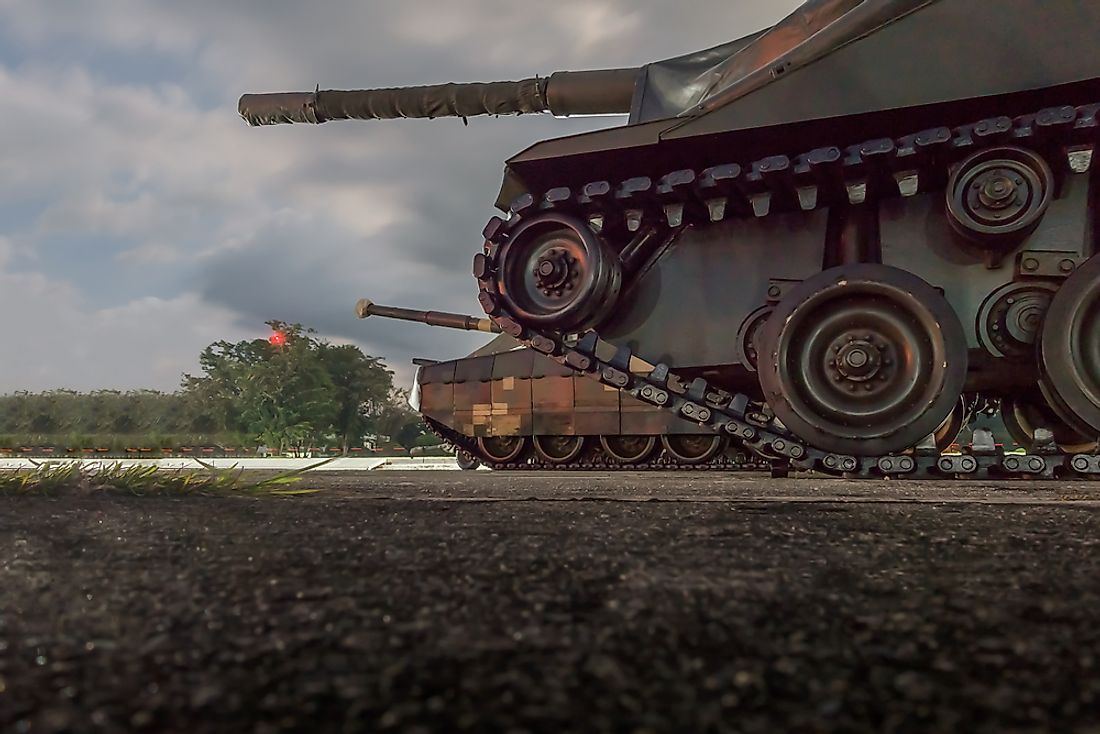What Was the Saur Revolution?

In 1973, Mohamed Daoud Khan, the first self-proclaimed president of Afghanistan, overthrew King Mohammed Zahir. During the reign of King Mohamed Zahir, Daoud expressed his opposition to king prompting him to overthrow and abolish the monarchy in a coup. His time as president saw divisions arise within the ruling party, the People’s Democratic Party of Afghanistan (PDPA), in particular between the Parcham and Khalq factions. Daoud’s rule displayed authoritarian tendencies including arrest and assassination of those in opposition especially those from the Khalqi faction of the ruling party.
The Coup
The Saur revolution took place on April 27th and 28th, 1978. The military loyalists to the Khalq faction of the PDPA commenced the war by launching their attacks on the palace and other important government buildings within Kabul city. The coup was majorly successful as the planners picked a Thursday, which was less busy as most officials of the government and military commanders were off duty in preparation for the holy day of worship. The weapons used during the war were majorly tanks, explosives, and guns as well as military equipment from the Afghanistan military. The revolutionists took over both the city and the media through which they announced their takeover and affirmed the involvement of the PDPA in the revolution. Fighting intensified at around midnight, the palace was surrounded, and the soldiers demanded that Daoud surrender.
Results
The Revolution led to the destruction of the main government offices and the palace. Through the coup, Daoud and most of his family members were killed which effectively brought his rule to an end. The communists under the leadership of Nur Muhammad Taraqi (Khalq) formed a new government. In his government, he sought to establish unity and equality between the two factions of the ruling PDPA party in his cabinet. However, the unity and inclusion of the Parcham faction was only temporary as the cabinet members from the faction were replaced within the year. Political repression increased during this period triggering another revolution in 1979, which overthrew the Taraqi government. During Taraqi’s reign, the government introduced socialist agendas, which were contrary to the conservative Islamic nature of the majority of the population. In that period, the existing land reforms saw the decline in agricultural production and threatened the position of the rich mullahs who lived off the sweat of the poor peasant farmers. The support of women rights and equality also angered the conservative Afghan Islamic society, which they saw as a violation of the fundamental Islamic beliefs. These radical attempts at modernisation including mass execution of political prisoners eventually led to the Mujahedeen Revolt and the start of a long war period in Afghanistan.
Role of the Revolution
The Saur revolution ended the neutrality of Afghanistan in the Cold War following the invasion of the Soviet Union in 1979. The Soviet Union launched attacks on Afghanistan to maintain its grip on the country and Asia. The revolution also marked the beginning of a restless period of war in Afghanistan. The Soviet Union and the government sought to suppress the rebellion of the mujahedeen troops through the bombing of rural areas resulting in high numbers of refugees to Pakistan and Iran. The involvement of the Soviet Union in the Afghan war attracted the participation of other nations taking part in the Cold War.







